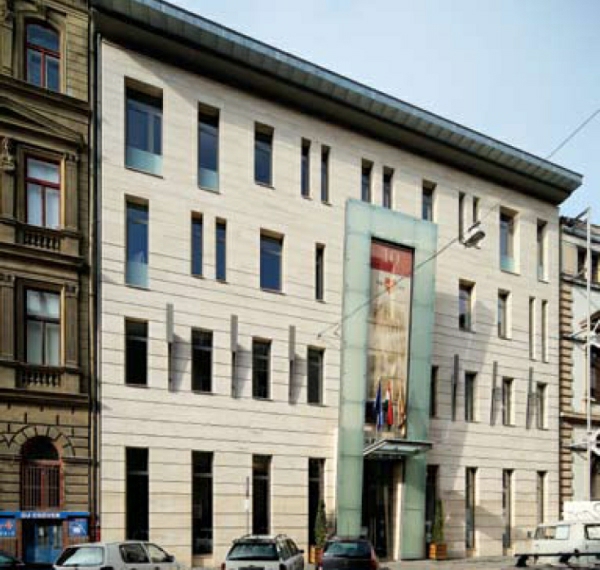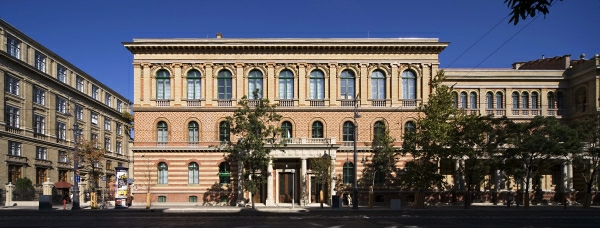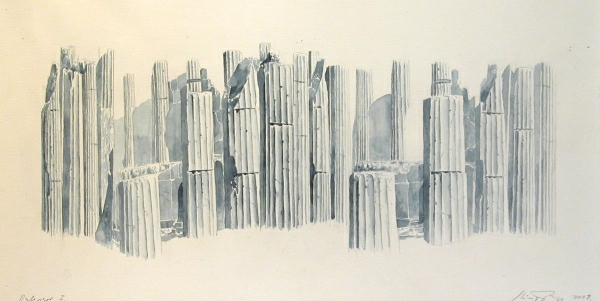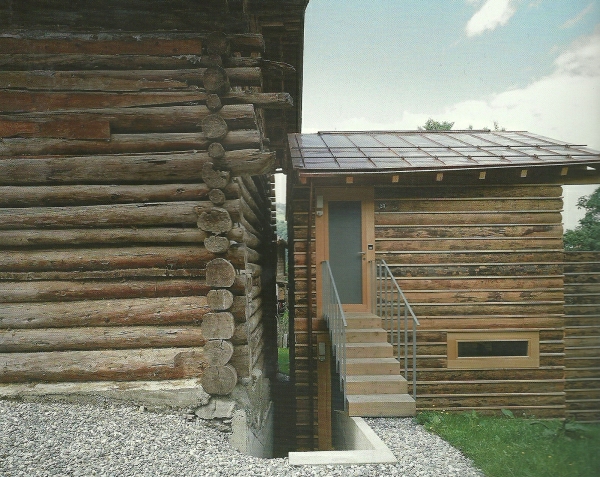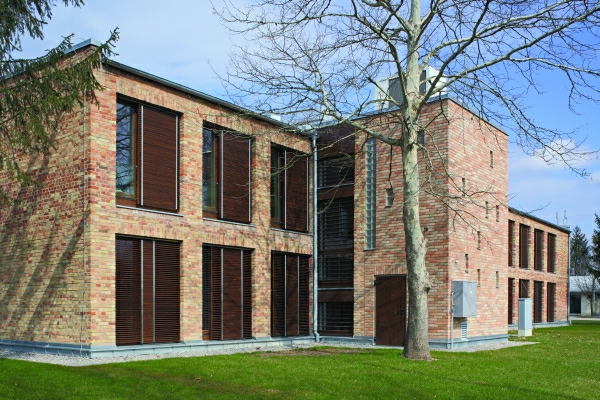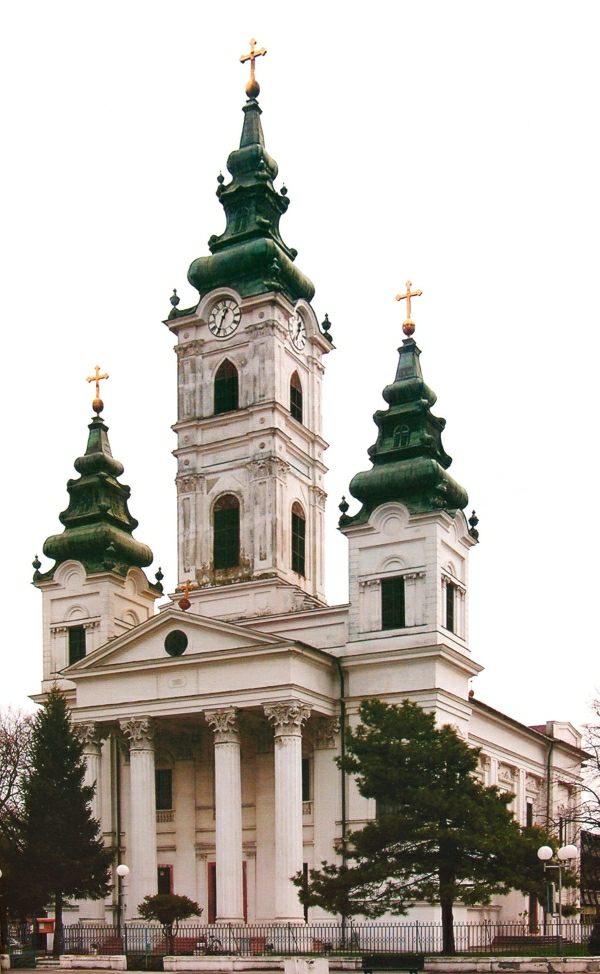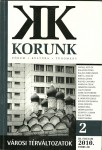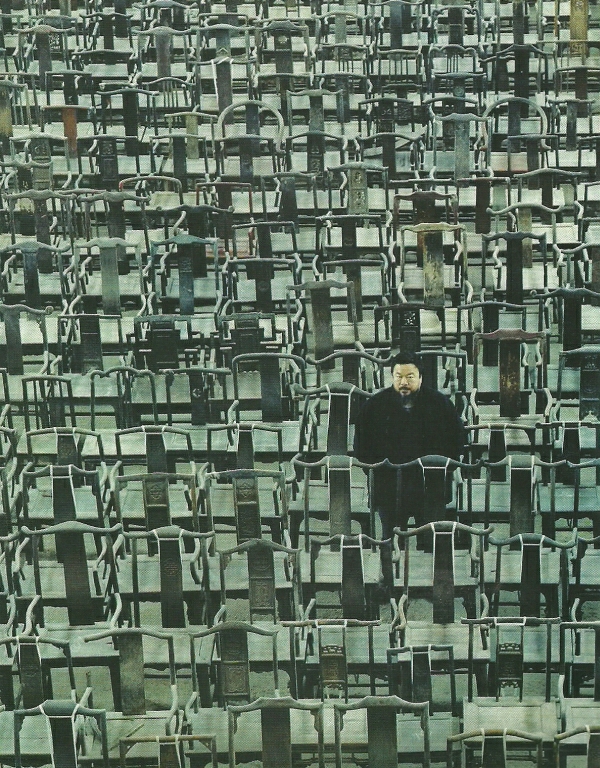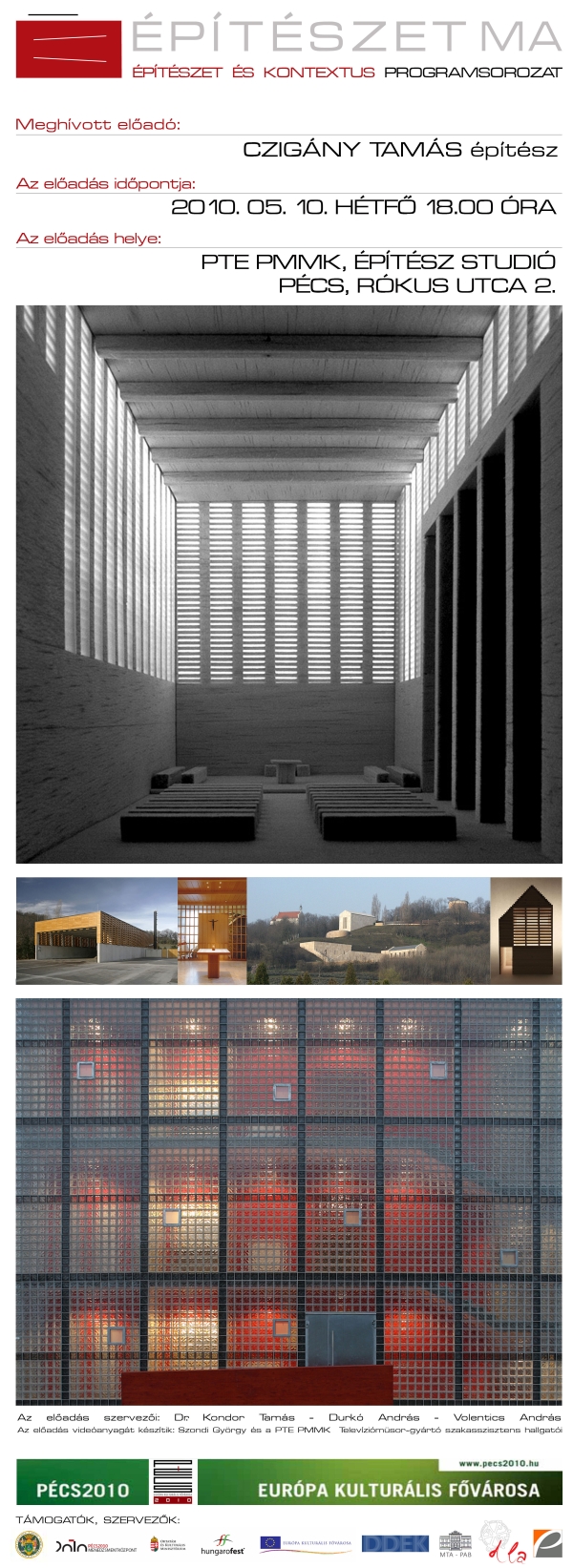A helyszínen álló kétemeletes, belső udvara felé gangos bérház a háborút követően elvesztette a szokásosnál burjánzóbb eklektikájú homlokzat-architektúráját, évtizedeken át csupasz jellegtelenségével hívta fel magára a figyelmet. Funkcionális értelemben tehát egyfajta kontinuitásról beszélhetünk, miközben a folytonosságot anyagi szinten is hangsúlyozza az épület megőrzéséről született döntés.
Fiókos alma mater
Dánia egyik legújabb egyetemének pályázatát 2000-ben a Henning Larsen Architects építésziroda nyerte meg. Négy évvel később az IT Egyetem beköltözhetett új otthonába, ami Koppenhága legújabb városrészének, az Oerestad nevű városrésznek északi, a belvároshoz legközelebbi csücskén épült meg.
Kotsis Iván: „Életrajzom”
Kotsis Iván monumentális életműve – jelentőségéhez képest – kevéssé közismert. A nem szakmabéli, de némi olvasottsággal rendelkező nagyközönség arról a művéről hallott talán valamit, ami már nincs is meg. Ez a Regnum Marianum templom, amely a Városliget szélén állott, és amit még az építész életében lebontatott a diktatúra…
Teljesség, részletekben
Elkészült az Eötvös Loránd Tudományegyetem Bölcsészettudományi Kar Múzeum körúti főépületének a rekonstrukciója. A körútra néző, valamint a Trefort-kert felőli homlokzatokat a felújításáig szinte észrevétlen, színes tégla és mázas kerámia tagozatok díszítik.
Romok kékben, fehérben. Blues 2010
Építészet-festészet-szobrászat univerzálisan egybefonódó ideája utópiaként bujkál végig a kultúrhistórián. Korszakok és helyszínek szerencsés konstellációja lehetőség az összművészeti csúcsteljesítményekre. A festő panasza – miszerint a festészet csak ráakasztott dísz az épületen – bár igaz lehet, mégis csak panasz marad.
Újjászületett tihanyi nyaraló
A kivételes adottságú panorámás telken három épület állt, a főépület és garázs a telek déli-, a szintén lakó funkciójú melléképület az északi telekhatáron. A főépület a 30-as években épült romantikus hangulatú földszintes, T alaprajzú, verandás lakóépület volt, kontyolt tetőidommal.
Elvegyülni és kiválni
Napjainkban már a szűk szakmai berkeken kívül is szinte közhely Svájcot építészeti nagyhatalomként emlegetni. Nemzetközi hírű alkotók egész sora, kiváló építésziskolák, relatív pénzbőség és tán a természeti környezet szépségéből is fakadó (tervezői, kivitelezői, megrendelői) igényesség indokolja a svájci kortárs építészet rangját.
Áthangolt ipari esztétika
A kezdő kisvállalkozásoknak helyet adó, bérleti konstrukciójában támogató szellemű inkubátorház a helyszín gazdag infrastukturális ellátottságára épít.
Az ipari „park” címke mögött megbújó magas színvonal ideája a rögvalóság heterogén bizonytalanságával szemben jól mutatja a fejlesztés kívánt irányait.
Építészeti tipológia
Különös színfoltja a Kárpát-medence történetének, hogy itt volt a kora modernkori szerb kultúra bölcsője: a török megszállás alatt sínylődő Szerbiában erre nemigen volt lehetőség, a magyar királyság területén pedig tárt karokkal fogadták a délről jövő keresztényeket, különös tekintettel a határőrvidék megerősítésének szükségességére és a török dúlás során lepusztult háttérország újraélesztésére.
Térlátás
Alcímében – Fórum – Kultúra – Tudomány – széles szemhatárt ígér a kolozsvári folyóirat. (Aki nem vette volna észre, megújult, megfiatalodott a lap szerkesztése.) Majdnem teljesen tematikus számuk a várostervezés-urbanisztika tárgykörében közöl értékes válogatást. Rafael Capurro cikke az építészet heideggeri értelmezését, a fenomenológiai megközelítést traktálja egy gondos-pontos német egyetemi előadás formájában.
Kínai művek Európában
Hamarosan nyit a Shanghaji Világkiállítás, ennek kapcsán a kínai kultúra rejtelmeiben segített tájékozódni Frankfurt két legutóbbi tárlata. Egyik a szemlélődést, másik a kizsákmányolást vette nagyító alá. „Az ülés is tett” – idézte fel a nagyszabású design-tárlat kurátorai az ősi kínai mondást, mely nyugati olvasatban a társadalmi hierarchia ülés-tradícióiban, tabuiban, privilégiumaiban mutatkozik meg.
Építészet ma – Építészet és kontextus
Meghívott előadó: Czigány Tamás
Pécsi Tudományegyetem (PTE) Pollack Mihály Műszaki Kar (PMMK) Építész Stúdióban
Pécs, Rókus u. 2.
Az előadás ideje:
2010.05.10. (hétfő) 18.00 óra
